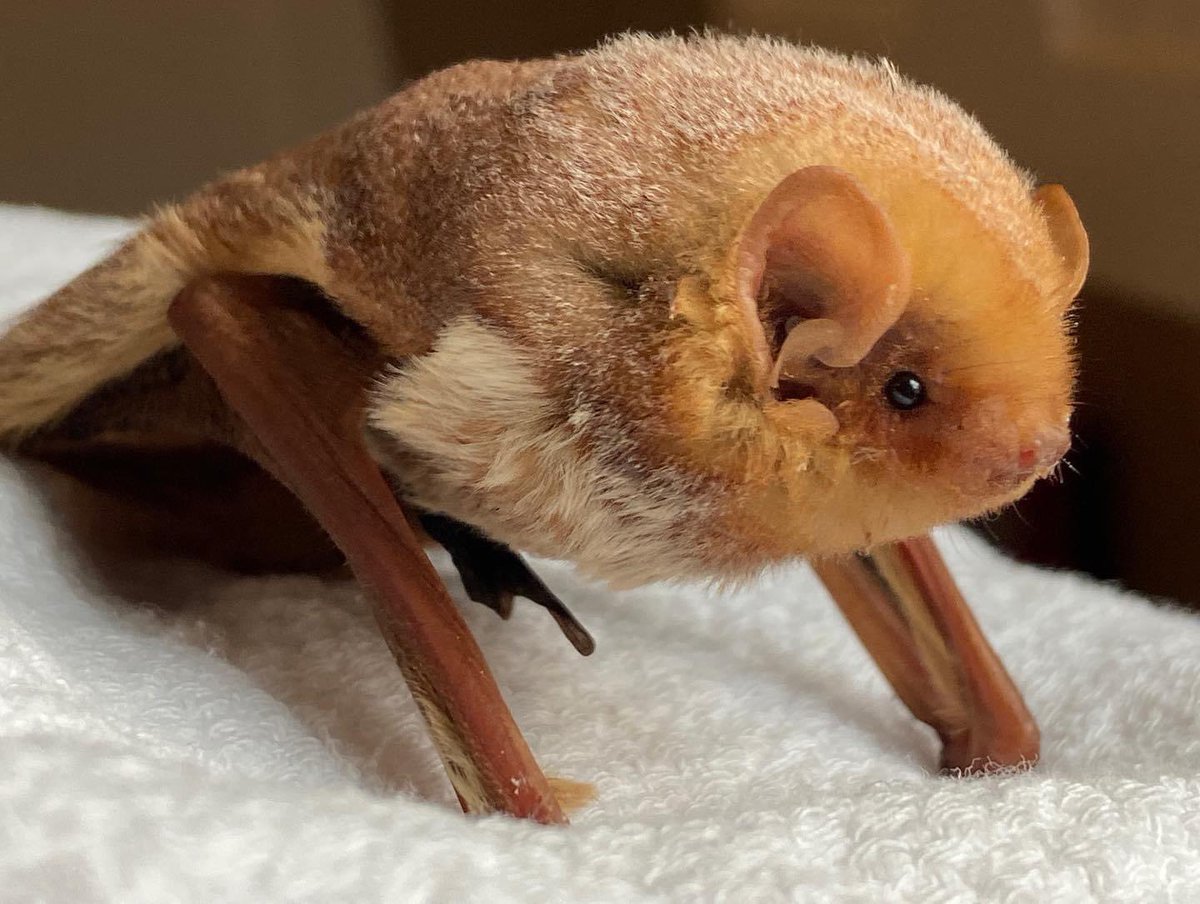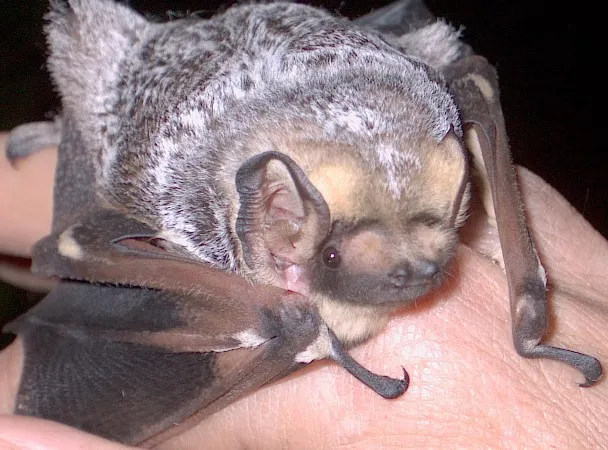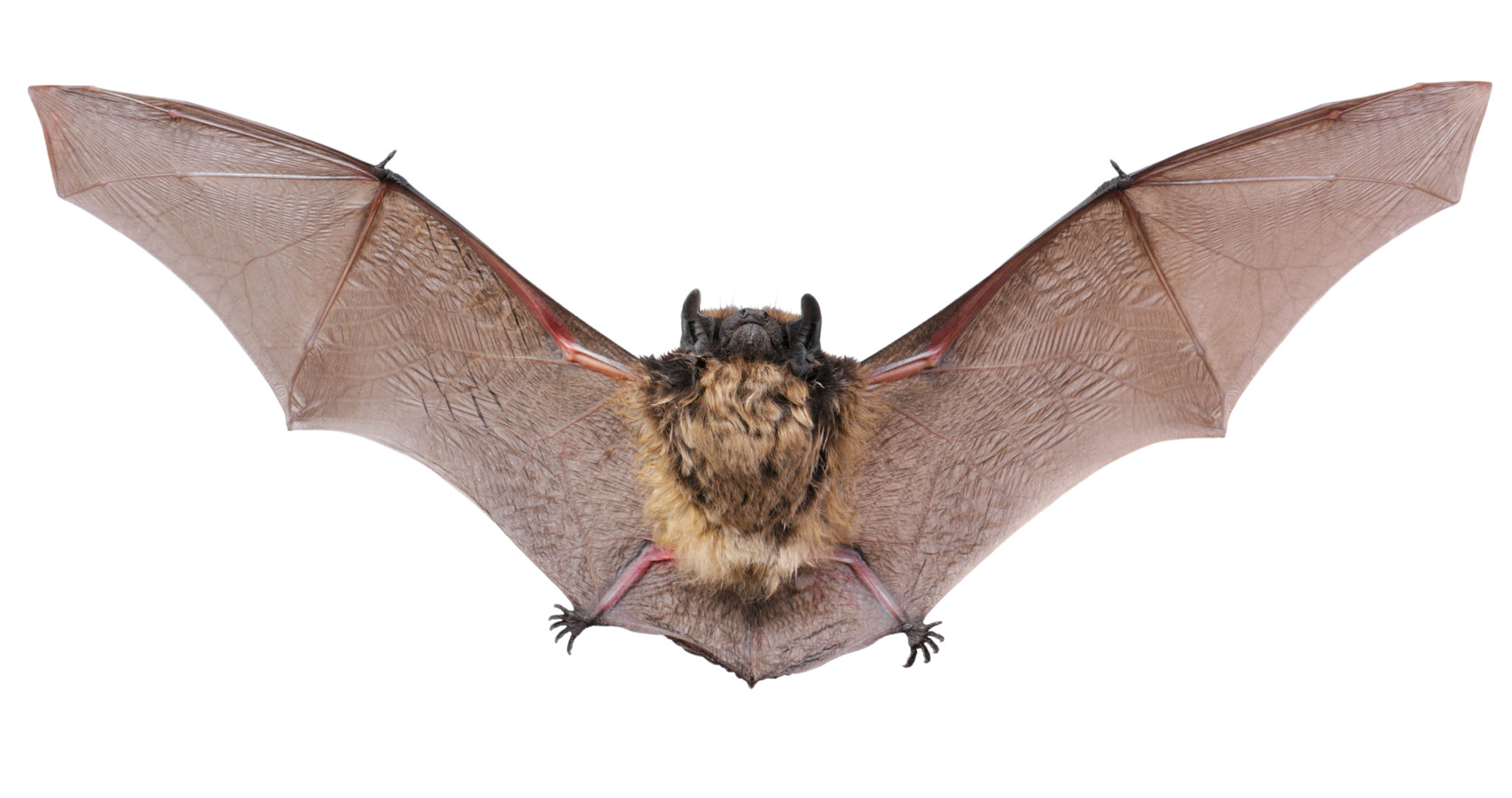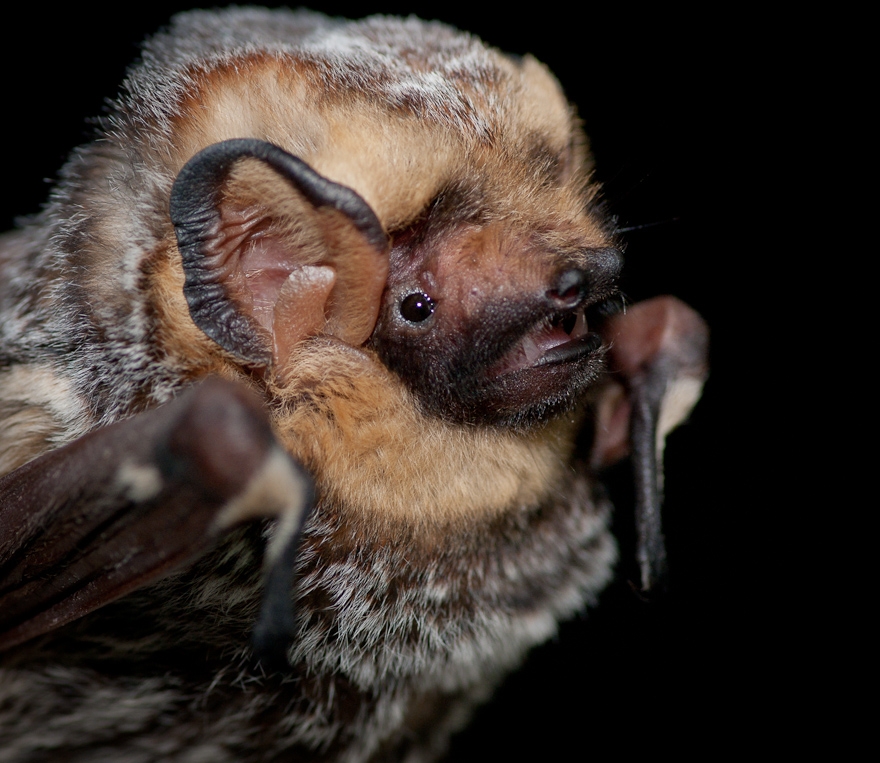Welcome to Brothers Pest Management, your local bat control and bat exclusion control company Minnesota.
While we specialize in bat exclusion pest control, we also understand the importance of managing wildlife. Bats are a common animal in Minnesota, and they can become a nuisance if they invade your property. In this page, we will discuss the types of bats found in Minnesota, their behavior, and how we can help you manage them.
Common Bats in Minnesota
Little Brown Bat:
This is the most common species of bat in Minnesota. They are small, brown in color, and have a wingspan of about 9-11 inches. Little Brown Bats prefer to roost in buildings and can be found in attics, walls, and chimneys.
Big Brown Bat:
Big Brown Bats are larger than Little Brown Bats, with a wingspan of up to 13 inches. They are usually found roosting in trees, but they also like to roost in buildings. Big Brown Bats are brown in color, and they have a distinctive, flattened face.
Northern Long-Eared Bat:
This is a federally protected species of bat, and they are less common than the other two types of bats in Minnesota. Northern Long-Eared Bats have a wingspan of about 9 inches, and they are brown in color. They prefer to roost in trees, but they may also roost in buildings.
Bat Behavior
Bats are nocturnal creatures, which means they are most active at night. They use echolocation to navigate and find food, and they are beneficial to the environment because they eat insects. However, if they roost in your building, they can become a nuisance. They can leave droppings and urine, which can damage your property and create an unpleasant odor. Additionally, bat guano can harbor harmful fungi and bacteria, which can pose health risks to humans and pets.
How Brothers Pest Management Can Help
If you have a bat infestation in your building, Brothers Pest Management can help. Our experienced pest control technicians will conduct a thorough inspection of your property to identify the type of bat infestation you have and develop a customized plan to manage the bats. We use humane methods to remove the bats from your property and seal any entry points to prevent them from returning. We can also clean up any droppings or urine left behind by the bats.
Contact Us Today!
If you're experiencing a bat infestation in your building, don't hesitate to contact Brothers Pest Management. We're here to help you manage these pests safely and effectively. Contact us today to schedule a free consultation and learn more about our bat control services.

Big Brown Bat
Big brown bats are insectivorous, consuming a diverse array of insects, particularly night-flying insects, but especially beetles.
Big brown bats are insectivorous, consuming a diverse array of insects, particularly night-flying insects, but especially beetles.
Big brown bats are nocturnal, foraging for prey at night and roosting in sheltered areas during the day such as caves, tunnels, tree cavities, and human structures.
The big brown bat breeding season is in the fall, shortly before their annual hibernation. After hibernation ends in the spring, females form maternity colonies for giving birth to young.
Oftentimes only one offspring is produced per litter, though twins are common in the Eastern US. Lifespans of 6.5 years are considered average.

Silver-haired Bat
Silver-haired bats are a medium-sized bat and is predominately black (including the wings, ears, interfemoral membrane, and fur) with white-tipped hairs.
The basal upper half of its tail membrane is densely furred. This gives the bat a frosted appearance and its common name's sake.
Copulation of tree bats is likely initiated during flight. After mating, tree bats hibernate alone in tree cavities, bark crevices, beneath leaf litter, or in the twilight zone of caves.
Gestation typically takes 50–60 days, so that parturition of pups occurs in early summer when insect availability is high. Pups are born breech by presentation, and the mother consumes the placenta Females typically give birth to two offspring, with an even sex ratio.
Silver-haired bats consume primarily soft-bodied insects, such as moths, but will also take spiders and harvestmen.
This species will forage low, over both still and running water, and also in forest openings. Silver-haired bats are slow but maneuverable flyers that typically detect prey a short distance away.

Eastern Red Bat
The eastern red bat has distinctive fur, with males being brick or rusty red, and females being a slightly more frosted shade of red.
Both male and female eastern red bats have distinctive shoulder patches of white fur.
The aspect ratio and wing loading of eastern red bat wings indicates that they fly relatively quickly and are moderately maneuverable.
Eastern red bats are insectivorous, preying heavily on moths, with other insect taxa also consumed. They consume known pests, including gypsy moths, tent caterpillar moths, Cydia moths, Acrobasis moths, cutworm moths, and coneworm moths
Eastern red bat breeding season starts in the autumn, and multiple males can sire a single litter. Pups are born in the summer, usually sometime between May and July.
Unlike other bats species who usually produce one pup, eastern red bats have on average three pups at a time, and some eastern red bats have given birth to as many as five pups.
In the winter, it occurs in the southeastern United States and northeastern Mexico, with greatest concentrations in coastal areas. In the spring and summer, it can be found in the Great Lakes region and the Great Plains region.

Hoary Bat
The largest bat species in Minnesota, the Hoary Bat is a distinctly colored and handsome species.
Its fur is multicolored with warm-yellow areas near the face and white frosted tips over all of the body.
Hoary Bats are solitary, typically roosting high in the tree canopy. Like other migratory “tree bats” they are rarely seen.
During the fall, this species migrates in groups to the tropics or subtropics, although it is unknown exactly where Minnesota’s Hoary Bats spend the winter.
The reproductive cycle of the hoary bat is not yet fully documented, but it is thought that they mate in August with birth occurring in June of the following year. It is thought that the gestation period is only 40 days and that mammalian embryonic diapause (delayed implantation) may play a role. Females typically bear twins, though litter sizes range from 1-4.

Little Brown Myotis
A beloved and once-common species in the state, Little Brown Myotis (commonly called "Little Brown Bat) populations have been heavily affected by White-nose Syndrome (WNS), a disease decimating bat populations across North America.
This species is attracted to buildings and structures as roosting habitat and was once the most-likely species to be encountered by people.
Little Brown Myotis typically use attics for maternity colonies, where a group of females raise their pups. But this species is an obligatory cave hibernator, meaning it can only overwinter only in caves (as well as mines and mineshafts) and typically does not hibernate in homes.
It has few natural predators, but may be killed by raptors such as owls, as well as terrestrial predators such as raccoons. Other sources of mortality include diseases such as rabies and white-nose syndrome.
The little brown bat has a promiscuous mating structure, meaning that individual bats of both sexes mate with multiple partners. It is a seasonal breeder, with mating taking place in the fall before the annual hibernation.
Throughout the spring and summer, males and females roost separately. In the fall, however, individuals of both sexes will congregate in the same roost in a behavior known as "swarming".
Gestation proceeds for 50–60 days following fertilization. The litter size is one individual.
The average lifespan, however, is around 6.5 years. Males and females have high annual survival rates (probability of surviving another year), though survival rates vary by sex and region.

Northern Long-eared Bat
The Northern Long-eared Bat closely resembles the Little Brown Myotis but has longer ears, as the name indicates.
The Northern Long-eared Bat is an increasingly rare bat and was listed as Federally Threatened in 2014.
This species is an obligatory cave hibernator and tends to roost solitarily within the hibernacula.
Northern Long-eared Bat is rarely encountered and is not known to use buildings in Minnesota.

Tri-colored Bat
Minnesota’s smallest bat, Tri-colored Bat weighs about as much as a nickel. This species can be distinguished by its coloration: forearms tend to be pink rather than the brown of other bats.
The name "tricolored bat" derives from the coloration of the hairs on its back, which have three distinct color bands.
During winter this species has been observed hibernating as far north as Soudan Mine in St. Louis County.
It is the longest hibernating bat in the state, usually being the first to enter caves and the last to leave.
The tricolored bat is a seasonal breeder, with copulation (mating) occurring in the fall before hibernation. Ovulation does not occur until the spring, however, and females store the males' sperm in their uteruses through the winter. Gestation (pregnancy) length is about forty-four days, with females giving birth in June or July. The litter size is typically two individuals.

Evening Bat
This bat was thought to spend summers only as far north as Illinois, but recent surveys have found new evidence of the species in states such as Michigan and Wisconsin...and now Minnesota.
The Evening Bat shares several traits with Big Brown Bat (e.g., largish snout, ears, and eyes), but is about half its size, and similar in weight to Little Brown Myotis.
Evening bats mate in the fall and winter; the sperm is stored until the spring, when fertilization occurs. Female bats form maternity colonies in May, consisting of 15-300 individuals. Of females that give birth, 90% have twins, but singletons and triplets are also possible.
These bats have varied diets. A majority of the bats' diet in Indiana and Illinois are beetles, including the spotted cucumber beetle, which is a serious agricultural pest.
QUICK LINKS
CONTACT US
Brothers Pest Management
(612) 431-PEST (7378)




